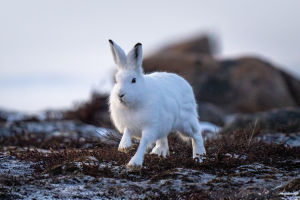Lykkers, when you think of lions, the first image that probably comes to mind is a mighty male, his mane flowing in the wind, roaring with authority. But there’s so much more to these majestic creatures than meets the eye.
While lions are often referred to as solitary, they’re actually among the most socially advanced of all the big cats. They form tight-knit groups known as prides, which give them a unique place in the animal kingdom.
The Pride: A Social Structure
Unlike their big cat cousins, tigers and leopards, who lead solitary lives, lions thrive in groups. A pride typically consists of related females, their cubs, and a few adult males. Lionesses are the primary hunters, while the males protect the pride and defend its territory. This balance of roles ensures the pride’s survival.
Lionesses also work together to raise cubs, with all the adult females helping to care for the young. It’s not uncommon for a lioness to nurse another female’s cubs, strengthening their bond.
Why Male Lions Roar
A lion's roar is iconic, but why do they roar so loudly? It’s not just for dominance. Roaring is a way for male lions to communicate with other prides, marking their territory and warning rivals. Lion roars can travel up to five miles, asserting dominance. They also call the pride together after a hunt, encouraging unity and cooperation.
Female Lions: The Powerhouses
While male lions get the glory, it’s the females who are the true powerhouses. Lionesses do most of the hunting, relying on strategy and teamwork. The older, more experienced females are often the most skilled hunters. They also ensure the safety and well-being of the cubs, teaching them essential survival skills.
Male Lions vs. Female Lions | Big Cat Week
Video by Nat Geo WILD
Bonding Rituals
Lions have unique bonding rituals, including grooming, playing, and resting together. Mutual grooming strengthens relationships, helping lions build trust and cohesion. Cubs engage in playful wrestling and mock hunts, learning skills they’ll need as adults while bonding with their parents.
The Lion's Survival Strategy
Lions have evolved to become expert survivalists, relying on the strength of their pride. Unlike many predators that hunt alone, lions use coordinated strategies to take down large prey, often surrounding and ambushing animals in groups.
This teamwork not only ensures the success of the hunt but also helps conserve energy, as each lion takes on a role that best suits its abilities. Their ability to work as a unit is key to their dominance in the wild.
What Makes a Lion a "King"?
Lions are known as kings of the jungle, but what earns them this title? It’s their strength, teamwork, and role as apex predators. They take down large prey, protect the pride, and maintain the balance of their territory. The way they lead and protect their pride truly justifies their royal status.
Lions are more than symbols of strength; they are incredibly social creatures with unique behaviors that make them fascinating. From teamwork among the lionesses to the strategic roars of the males, lions showcase the power of social cooperation in the animal kingdom.


